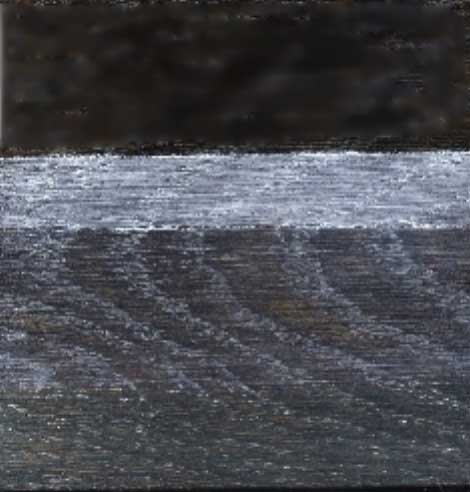Q.
People are talking about waterborne products being the new alternative to help shops maintain environmental compliance. How well do these products compare to the conventional nitrocellulose lacquers?
A.
As environmental restrictions have increased, the demand for compliant wood coating systems has been on the rise. Initially, waterborne wood coatings systems were not readily accepted by the wood finishing industry. Problems in the early developmental years such as speed of dry and micro foaming left the end users skeptical of their future potential on wood.
Much has changed in the past several months. Waterborne wood finishing systems today perform extremely well against the conventional nitrocellulose lacquers. Dry times have improved to be more consistent with conventional lacquers, and some products can be dry to the touch within 8 to 10 minutes.
The early waterborne systems lacked true clarity and in multiple coating would leave a hazy or "plastic looking" film. Technology has advanced to give waterborne lacquers an extremely clear film, which can be applied in multiple coats to build a high depth finish. In addition, sealers have been developed to minimize grain raising and to give smooth "powder" sanding properties.
Film properties of the quality waterborne topcoats exceed conventional lacquers in solids, hardness, water resistance, durability, chemical and stain resistance.
Waterborne products eliminate flammability hazards and minimize the health risks associated with the use of conventional lacquer systems. They clean up with water, require no disposal of waste solvent, and lower shop insurance rates.
Woodrow "Woody" Sanders is the Technical Information Director at Sampson Coatings, Inc.
